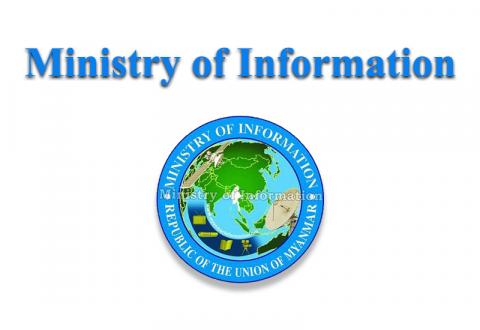Welcome to migratory birds at Myanmar’s wetlands
EVERY cold season, more than 100 migratory birds, along with domestic waterfowl and other species, seek refuge at Moeyungyi Wildlife Sanctuary in Myanmar’s Bago Region. The sanctuary is home to Moeyungyi Lake, which is one of the Ramsar sites in Myanmar, renowned for its importance as a wildlife habitat.
This season, Moeyungyi Lake is holding water at full capacity, with depths ranging from five feet at the shallowest to more than 10 feet in the deepest areas. Although this year’s water level is lower than last year, the sanctuary still provides a haven for both migratory and resident bird species.
Each year, hibernating birds begin arriving in late October and stay until the end of April. These birds migrate from temperate regions of the world, where colder climates drive them to seek milder conditions in southern areas. Birds from Siberia typically migrate to Inlay Lake in Shan State, while those from China and Russia favour Indawgyi Lake in Kachin State. Sadly, about 35 per cent of the world’s wetland areas have vanished over the past 50 years. It poses a significant threat to the migratory birds’ habitats.
Myanmar’s abundant natural water bodies — such as Indawgyi Lake, Inlay Lake, Moeyungyi Lake, Taungthaman Lake, Pyu Lake, Panaw Lake, Paleik Lake, and other wetlands across the nation — offer vital shelter to migratory birds from as far as 26,000 kilometres away, in addition to domestic species. These wetlands play an essential role in sustaining bird populations, both during the monsoon and cold seasons. Migratory birds that arrive at the start of the monsoon typically breed here and return to their home countries when the season ends. Meanwhile, those arriving in the colder months stay until summer. The nature of both migratory and domestic bird species is a great opportunity for bird-watchers at home and abroad in addition to improving the tourism industry.
Both migratory and resident birds play crucial roles in environmental conservation, and their well-being is directly influenced by human actions. As their behaviour is shaped by the state of the environment, it is important to foster empathy and protect these species. Public awareness about the need to conserve biodiversity species should be raised, especially in both urban and rural communities, to ensure these birds are welcomed and safeguarded from hunger and other dangers. Active participation of the people in the conservation of these species is essential to prevent their extinction and protect the health of the ecosystems they inhabit.
#TheGlobalNewLightOfMyanmar

